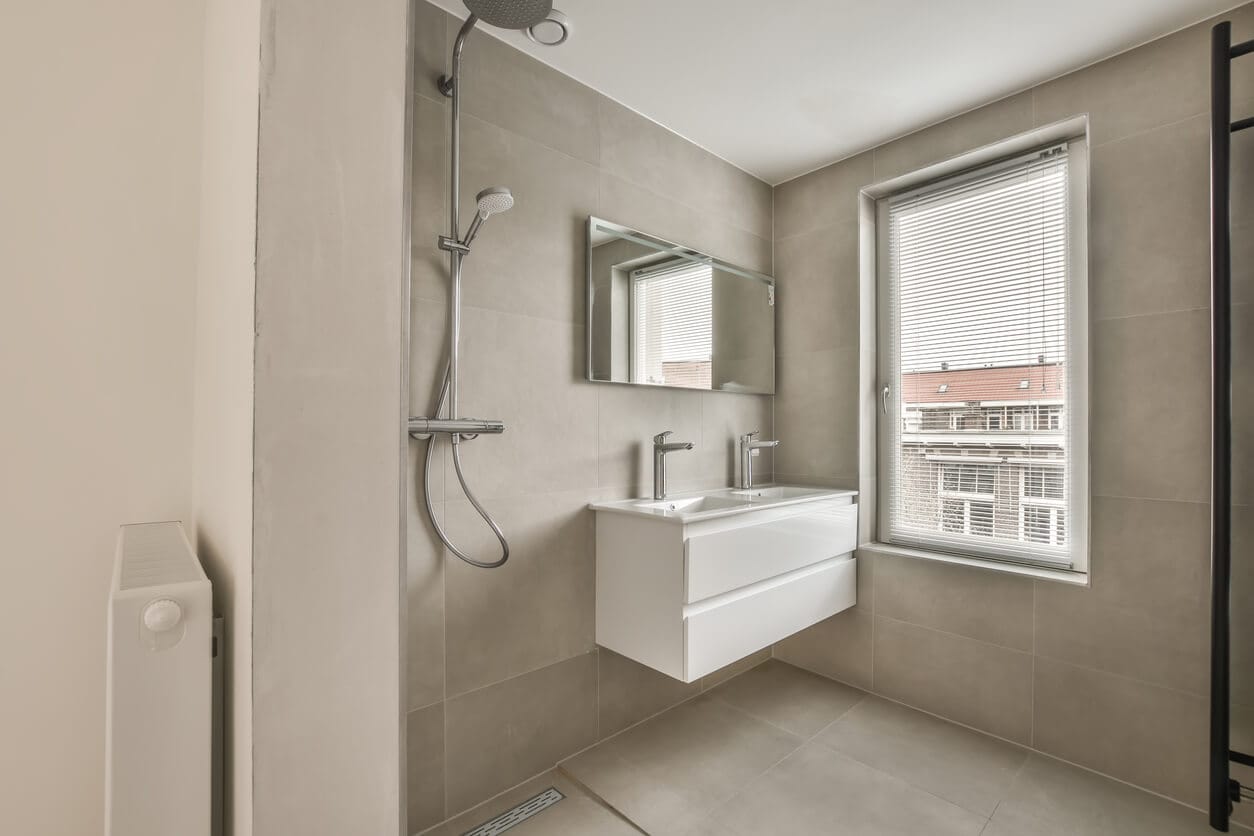Originating in a concept from Japan, the idea of homes having a wet room bathroom is increasingly gaining traction in North America. In Japanese culture, bathers clean themselves in a ‘yusenba’ or washing area before entering a tub for a relaxing soak. This open splash zone is extended to the entire bathroom where water is not just confined to the shower area. There are a number of pros and cons to a wet room bathroom to reflect on before taking the time and expense to incorporate a wet room bathroom into your own home.
Pros and Cons of Wet Room Bathrooms
Before taking a virtual dive into adding a wet room bathroom to your home, you should take the time to become familiar with the pros and cons. While the idea of open space and a new look may be appealing, the flip side of the installation coin could be a costly one.
Wet Room Advantages


Wet Room Disadvantages
Is It Time To Install A Wet Room Bathroom In Your Home?
Before you take the plunge and seize the day on installing a wet room bathroom in your home, take a step back and deliberate over what is involved. You gain accessibility, less maintenance, and a modern, sleek bathroom. On the other hand, making a wet room bathroom a safe, warm, and ventilated place can come at an exorbitant price.
To discuss this major decision, contact the professionals at Top Home Builders for advice on how to proceed. With 5/5 stars on Google, Yelp, and HomeAdvisor, we will give you superlative service and advice. As the #1 home remodelling contractor in San Jose, you are in safe hands with us.
Related Article: Top Luxury Features for Homes in 2025
